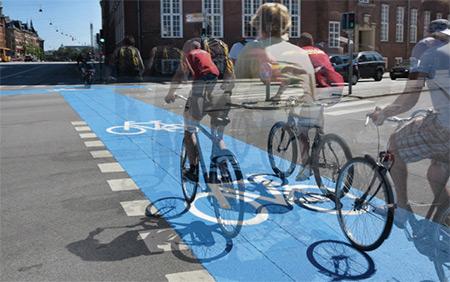Cycling, Health and Safety

Many jurisdictions around the world are trying to retain or increase the share of cycling in urban traffic in order to benefit from the many health and transport efficiency benefits. Safety is a key concern and should be accounted for in these policies.
This report of the International Transport Forum's Cycling Safety Working Group monitors international trends in cycling, safety and policy, and explores options that may help decision makers design safe environments for cycling. Key messages relate to strategic goal-setting for cycling policy and managing crash risks while increasing health benefits. The report also discusses how to better capture crash and bicycle usage statistics. The safety impacts of a wide range of pro-cycling measures are examined in detail.
Policy Insights
- Insufficient evidence supports causality for the “safety in numbers” phenomenon – policies increasing the number of cyclists should be accompanied by risk-reduction actions.
- Efforts must be made to harmonise definitions of bicycle accident terminology so as to be able to make reliable international comparisons on cyclist safety.
- National authorities should set standards for, collect or otherwise facilitate the collection of data on non-fatal cycling crashes based on police reports and, in either a systematic or periodic way, on hospital records.
- Authorities seeking to improve cyclists’ safety should adopt the Safe System approach - policy should focus on improving the inherent safety of the traffic system, not simply on securing marginal improvements for cyclists in an inherently unsafe system.
- Authorities should establish top-level plans for cycling and cycling safety and should ensure high-level coordination among relevant government agencies to ensure that cycling grows without aggravating safety performance.
- Speed management acts as “hidden infrastructure” protecting cyclists and should be included as an integral part of cycle safety strategies.
- Cyclists should not be the only target of cycling safety policies – motorists are at least as important to target.
- Where appropriate, traffic speeds should be limited to less than 30km/hr where bicycles and motorised traffic mix but care should be taken so that speed control devices do not create hazards for cyclists.